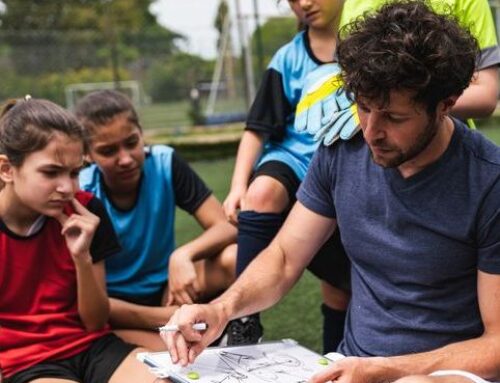Get our exclusive report. Download the iSport360 Club Switching Report Here – For Club Admins, Rec Leaders and Coaches.
How to Choose Protein Bars for Kids
A protein bar can provide quick and convenient nourishment but parents often have questions. Are these protein bars healthful options for kids? With so many brands out there, is there such a thing as a more nutritious choice? Can these bars be used as meals or snacks? Do kids need additional protein?
Protein bars vary substantially from brand to brand, and even within the same brand’s varieties. A protein bar is typically more robust than a granola bar, as they are higher in protein. This sounds like a good thing, but these bars can also be full of added vitamins, non-nutritive sweeteners, and other ingredients. They may also contain very high amounts of protein, so label reading is a must.
In addition, some packaging can have diet culture messaging—so for older kids who can read, this is important to look out for. Find out when it’s a good time to reach for a pint-sized protein bar and what to look for when shopping for one.
How Much Protein Do Kids Need?
Since the body doesn’t store protein, it is crucial to spread out intake throughout the day. The body’s demand for protein is always changing so it’s more sensible to eat small amounts as the day goes along instead of a large chunk at one meal. Children do have higher protein requirements than adults. However, the requirement is based on body weight so the overall daily needs for children are still generally lower than adults. But, as with adults, there is such a thing as too much.1
To support growth, kids need to eat adequate amounts of protein each day. The 2015-2020 Dietary Guidelines for Americans recommend that children age 4 to 8 consume about 19 grams of protein a day, and children age 9 to 3 get 34 grams of protein a day.1
This means that 5 to 10 grams at meals and snacks throughout the day can easily satisfy protein needs. For reference, a large egg contains 6 grams of protein, a tablespoon of peanut butter contains 4 grams of protein, 1/4 cup of refried beans contains 4 grams, and a slice of whole grain bread contains around 6 grams of protein.
Protein bars can be handy when you’re on-the-go and need a shelf-stable snack. But, because kids don’t need large quantities of protein all at once, it’s important to choose bars that do not contain large amounts of protein. In addition, many foods contain the 5-10 grams of protein recommended for a child’s meal or snack and cost a lot less than protein bars.
Kid-Friendly Protein Bars
When at the store, look for protein bars with simple and recognizable ingredients. When possible, seek out brands that use dried fruit to sweeten and who skip the supplemental protein powders.
Opt for bars that do not contain hydrogenated oils (aka trans fats). Choosing a bar where added sweeteners (sugar, corn syrup, glucose, malt syrup, etc.) are missing or lower down on the ingredient list will help reduce added sugar intake at snack time.
The following are some examples of kid-friendly protein bars:
- Clif Z bar: These bars are made with organic ingredients. These bars do not have diet culture wording on their wrappers. Or contain 5 grams of protein per bar, and have a balance of carbohydrate, fat, and protein. Flavors include Iced Oatmeal Cookie and Peanut Butter Chocolate Chip.
- RX bars: Free of dairy, gluten, and soy, these bars can be an option for children with allergies. The bars have simple ingredient lists. This makes it easy to see if they contain anything your child might be allergic to. Flavor offerings include Apple Cinnamon Raisin and Chocolate Chip.
- Zing bars: These bars come in a wide variety of flavors (Coconut Cashew Crisp—yes please!). They also come in a half-sized version for younger kids or to pair with other foods at snack time.
Want to make your own, see the rest of our article here for more details.
For more about iSport360 and other articles on nutrition, just search our blog page or see the latest article on hydration.
Learn more or request a demo of our youth sports software that is helping teams improve communication, organization and player development.
December 6, 2021





